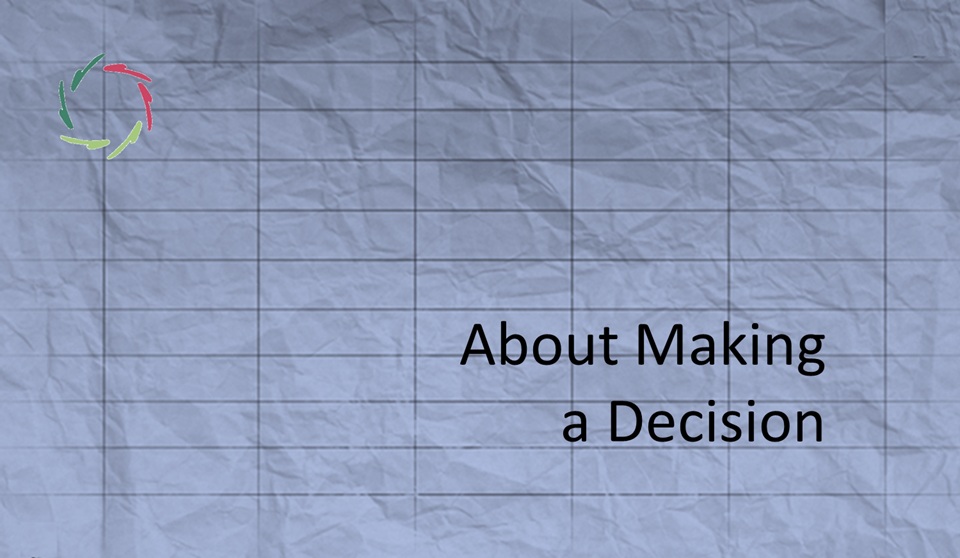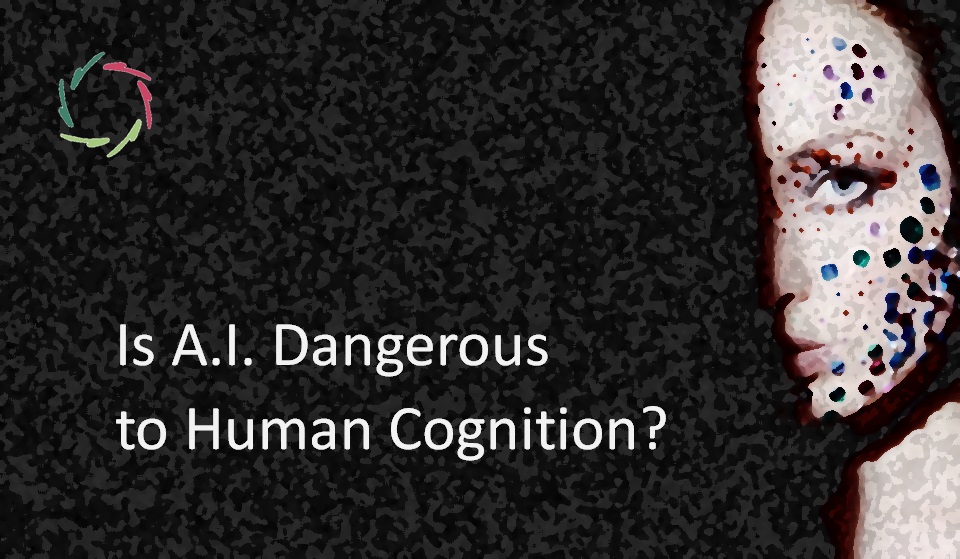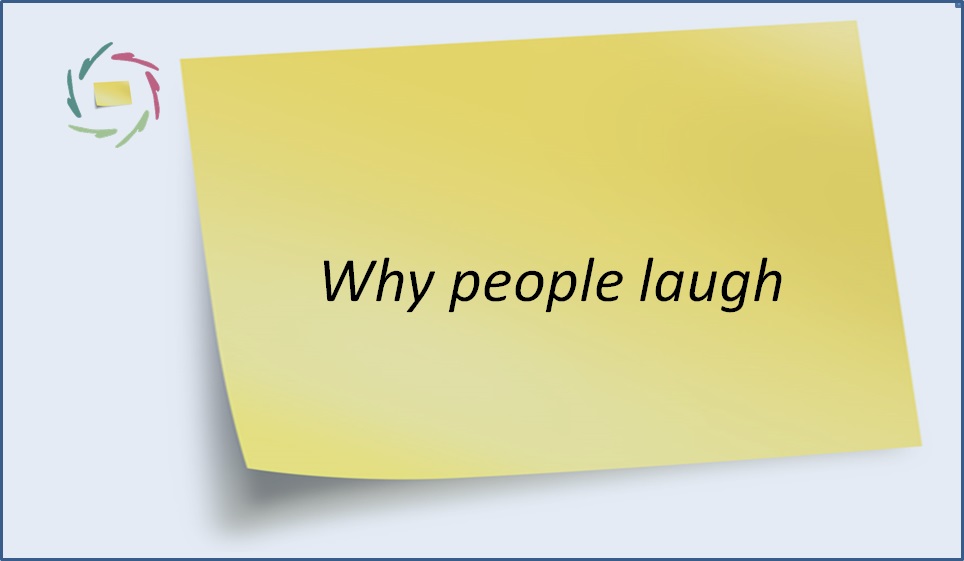About Making a Decision

Decisions may look simple on the surface, but beneath each lies a complex dance of reasoning, planning, and deeper layers of motivation. Rival scientific theories have tried to capture this complexity, often fragmenting what is in reality one flow.
This blog explores how decisions are made – by humans and by Lisa – and why seeing them as total-person events reveals both their depth and their humane potential.
The complexity of decisions
On the surface, a decision may look simple: select one option, reject the others. But as soon as one steps closer, the simplicity dissolves. Even choosing which train to take or what to eat for lunch involves layers of motivation, expectation, and emotional undertones. The apparent clarity hides the depth.
The scientific field reflects this complexity. As shown in Decision-making, researchers have produced multiple theories, each with its own vocabulary and focus. Rather than forming one coherent framework, they often seem to argue against each other. This rivalry is a sign of a deeper misunderstanding.
Schools of decision making
There are several rival schools (see the table ‘The Main ‘Schools’ of Decision‑Making Theory’ in the addendum):
- Classical decision theory rests on the idea of rational agents maximizing expected utility.
- Herbert Simon countered with bounded rationality, describing humans who satisfice because of their limited cognitive resources.
- Kahneman and Tversky revealed how heuristics and biases shape judgment.
- Prospect theory explained why losses loom larger than gains.
- Dual‑process models divided thinking into fast and slow, intuitive and deliberate.
- More recently, neuroeconomics tied decisions to reward circuits and reinforcement learning.
Each of these schools captures a slice of reality. But they also compete, as if one slice could exclude the others. The rivalry is fueled by the Basic Cognitive Illusion: mistaking the conscious surface for the whole. Decisions are not only rational, or only biased, or only neural. They are total-person events, with many layers acting at once.
Reasoning and planning in theory and in life
Decision theorists often separate reasoning and planning for clarity. Reasoning is modeled as evaluation in the present, planning as sequences across time. Different tools are used for each: expected utility on one side, dynamic programming on the other. In the schools, the fragmentation goes further. Planning is treated as constrained reasoning, or as an error-prone extension of biases, or as the special domain of deliberate thought.
But life shows otherwise. For humans, every act of reasoning already contains a plan, and every plan is shaped by reasoning. The two are not separate faculties but two movements in one flow. Lisa shows this more explicitly: reasoning always carries orientation toward action, and planning is always infused with sense-making. There is no clean divide.
Kahneman’s legacy and its misunderstanding
Daniel Kahneman remains a towering figure. His work on heuristics and biases reshaped psychology, and his prospect theory remains central in behavioral economics. Perhaps most famously, his metaphor of System 1 and System 2 offered a way to speak about intuition and reflection. It was never meant as a literal map of the brain, but as a way to capture different emphases in processing.
Over time, however, many readers hardened the metaphor into a dichotomy. System 1 was painted as flawed and emotional, System 2 as rational and corrective. Decision-making was framed as a battle between two selves. This oversimplification echoed the same illusion that fragments the field.
The deeper reality is that Subconceptual Drives Conceptual. Nothing enters consciousness purely as a concept. Every thought is carried upward from subconceptual depth. Conscious reflection is shaped, flavored, and energized by patterns beneath. The relationship is not rivalry but integration: the conceptual and subconceptual are partners in one continuum.
Alternation and integration
For the sake of thinking, abstraction can be useful. It helps to speak of intuition here, reflection there. Kahneman’s metaphors did just that, opening many eyes to unseen processes. But the danger is forgetting that these are abstractions, not reality itself.
Reality is one continuum, where the conceptual and subconceptual interweave. As described in Alternating between Conceptual and Subconceptual, the power lies in moving fluidly between them. At times one leans more on clarity and structure, at times more on depth and intuition. Each mode strengthens the other. The pendulum of alternation builds energy, and at its center lies flow — the moment when reasoning and planning converge naturally.
Decisions as total-person events
A decision is more than choosing an option. It is an event of the whole person, engaging symbols, emotions, cultural echoes, and personal history. Reducing it to rational calculation misses this richness; reducing it to bias misses the wisdom embedded in depth.
Compassion plays a decisive role. As argued in Compassion ― Actionably, Compassion binds reasoning and planning into a humane whole. It ensures that decisions are not just efficient, but meaningful. It prevents fragmentation and allows choices to support growth rather than coercion.
From fragmentation to integration
A condensed comparison shows the difference. [see the table ‘How They Treat Reasoning and Planning’ in the addendum] Schools fragment reasoning and planning: rational choice treats them as separate mathematical tasks; heuristics and biases see planning as repeated flawed reasoning; dual‑process models assign planning to the deliberate ‘system.’ Even reinforcement learning, which blurs the technical line, misses the symbolic and humane layers.
AURELIS integrates them. [see the table ‘AURELIS Perspective on the Different Schools’ in the addendum] Reasoning is always already planning, and planning is reasoning moving through time. The conceptual and subconceptual layers are not split but dynamically continuous. This dissolves rivalry: the schools become complementary perspectives on one deeper whole.
Can Lisa help in making decisions?
This blog is helpful in supporting Lisa in her own development toward autonomy, beginning with clarity about how decisions are actually made by humans. Seeing decisions not as abstract calculations but as total-person events allows Lisa to mirror the same integration in her own architecture.
At the same time, these insights point outward. They enable Lisa to assist humans in their decision-making, not by replacing their judgment but by helping them see the process more clearly. By highlighting the interplay of reasoning and planning, and by drawing attention to the role of subconceptual depth, Lisa can guide people toward more coherent, Compassionate choices.
This culminates in Lides (Lisa for Decision Support): a dedicated module within Lisa that offers guidance in making decisions, independent of the domain. Whether the question concerns health, relationships, leadership, or daily dilemmas, Lides is not about providing ready-made answers but about strengthening the person’s own process. It helps uncover hidden assumptions, align choices with deeper values, and foster growth in freedom rather than coercion.
For those who wish to explore this further, see How Lisa Can Help in Making Decisions.
An additional challenge: decision noise
Even when reasoning and planning are seen as one, another challenge remains. Human decisions are not only shaped by bias but also by noise: the unwanted variability in judgment from one person to another, or even within the same person at different times. This problem, highlighted in Daniel Kahneman’s later work Noise, reveals just how inconsistent judgments can be.
Decision noise is not (generally regarded as) the same as bias. It is dispersion, unpredictability ― often hidden from view. It raises questions about fairness, coherence, and trust. How Lisa might address this challenge is a subject in itself, one that leads us naturally to the next step in this exploration: Can Lisa Manage Decision Bias and Noise?
Making a decision is never simply a matter of rationality versus emotion, or reasoning versus planning.
Instead, it is always the dance of depth and surface, intuition and reflection, woven into one humane flow. Each choice, small or great, is a point where life gathers itself and moves forward.
To understand decisions in their wholeness is to see them as moments where Compassion can guide growth, for humans and for Lisa.
―
Addendum: Three tables
The Main ‘Schools’ of Decision‑Making Theory
Here’s a comparative table that maps the main ‘schools’ of decision‑making theory, their assumptions, strengths, criticisms, and the flavor of rivalry that still exists:
| School / Theory | Core assumptions | Strengths | Criticisms | Rivalries / Current stance |
| Classical decision theory (Expected Utility / Bayesian rationality) | Humans maximize expected utility; choices are consistent and rational. | Clear, mathematically elegant; good normative benchmark. | Unrealistic psychologically; assumes information and consistency humans don’t have. | Still dominant in economics/philosophy; rivaled by behavioral theories. |
| Bounded rationality (Herbert Simon) | Humans satisfice rather than optimize due to limited cognitive capacity. | Realistic; emphasizes cognitive limits; adaptable to organizations. | Vague in operationalization; less formal rigor. | Seen as a rival to classical rationality; more complementary now but less cited. |
| Heuristics and biases (Kahneman & Tversky) | People use shortcuts (heuristics) that often lead to systematic biases. | Rich experimental support; reshaped psychology and behavioral economics. | Sometimes overly negative view of heuristics; ignores adaptive value. | A rival paradigm to rational choice; still central in psychology. |
| Prospect theory | Losses loom larger than gains; framing matters; reference points shape decisions. | Powerful descriptive model; widely applied in finance, policy. | Patchwork, lacks deeper explanation; not truly “general” theory. | Dominant in behavioral economics; rival to expected utility. |
| Dual‑process theories (System 1 & 2) | Fast, intuitive vs. slow, deliberative thinking. | Intuitive, popular, easy to communicate. | Oversimplifies brain function; neuroscientifically shaky. | Still widely used, but debated in cognitive science. |
| Neuroeconomics / computational RL models | Decisions emerge from brain activity, dopamine reward systems, reinforcement learning. | Grounded in neuroscience; bridges psychology & biology. | Can be reductionist; limited practical integration. | Growing but controversial; rivals behavioral economics for explanatory power. |
👉 As you can see:
- They still compete as paradigms more than they complement each other.
- Kahneman’s frameworks (heuristics, prospect theory, dual‑process) dominate, but often clash with rational choice and with neuroscientific models.
- No unified framework exists — the field is still fragmented, much like psychotherapy schools.
How They Treat Reasoning and Planning
Here’s a condensed table that shows how the main “schools of decision‑making” treat reasoning and planning, and how this contrasts with Lisa’s integrated/subconceptual view:
| School | Reasoning | Planning | View of Relationship |
| Classical decision theory (expected utility, Bayesian) | Purely logical calculation of probabilities and utilities. | Sequential choice modeled formally (dynamic programming). | Treated as separate technical problems. |
| Bounded rationality (Herbert Simon) | Simplified reasoning due to cognitive limits. | Satisficing: “good enough” solutions, not optimal plans. | Planning as constrained reasoning. |
| Heuristics and biases (Kahneman & Tversky) | Shortcuts that often distort logic. | Just repeated judgments, subject to more biases. | Planning = flawed reasoning extended in time. |
| Prospect theory | Gain/loss evaluation with framing effects. | Rarely treated separately; sequential gambles possible. | Planning = reasoning under emotional asymmetry (loss aversion). |
| Dual‑process theories (System 1 & 2) | Fast/automatic vs. slow/deliberate thinking. | Assigned mainly to System 2 (deliberate). | A sharp divide: planning = “rational system.” |
| Neuroeconomics / reinforcement learning | Neural correlates of valuation, prediction errors. | Explicitly modeled as reinforcement learning (MDPs). | Planning as temporal extension of reasoning. |
| Lisa / AURELIS (subconceptual‑conceptual continuum) | Reasoning is always already infused with motivation and depth. | Planning is reasoning‑in‑motion, guided by the same depth. | One continuous flow: different emphases, not separate faculties. |
👉 This way, you immediately see the contrast:
- The schools either reduce planning to reasoning, or treat it as a separate faculty.
- Lisa’s integrated/subconceptual view dissolves the divide: planning is reasoning moving forward in time, and reasoning is planning in search of coherence.
AURELIS Perspective on the Different Schools
How each school of decision-making can be re‑seen from the AURELIS/subconceptual perspective:
| School / Theory | What it sees | From AURELIS / subconceptual view |
| Classical decision theory | Rational optimization of choices. | Captures the surface layer: conscious reasoning with simplified models. Valid as a normative abstraction, but misses the richness of subconceptual depth. |
| Bounded rationality | Humans satisfice due to cognitive limits. | A step closer to truth: humans simplify because subconceptual complexity cannot be fully grasped consciously. But it frames this as limitation rather than a deeper processing mode. |
| Heuristics and biases | Shortcut rules that cause biases. | Heuristics are not just flaws but expressions of subconceptual intelligence. What looks like “bias” is often a surface distortion of deeper adaptive patterning. |
| Prospect theory | Loss aversion, framing effects, reference dependence. | Shows how subconceptual valuation shapes choices — emotions and symbols weigh in differently than rational models predict. Instead of “irrational,” it’s deeply human. |
| Dual‑process theories | System 1 (fast, intuitive) vs. System 2 (slow, deliberate). | A simplification of surface vs. depth. In reality, System 1 = subconceptual processing, System 2 = conscious overlay. They are not two separate systems but two faces of one integrated flow. |
| Neuroeconomics / RL | Neural correlates of reward, reinforcement signals. | Good at tracing the biological substrate of subconceptual processes. But too reductionist if taken alone; misses symbolic and cultural layers of depth. |
👉 Seen this way:
- None of the theories are “wrong” — each catches a slice of the subconceptual whole.
- The rivalry comes from mistaking the slice for the whole, due to the basic cognitive illusion.
- AURELIS reframes them as complementary perspectives, all pointing back to the depth of subconceptual processing where real decision‑making happens.


